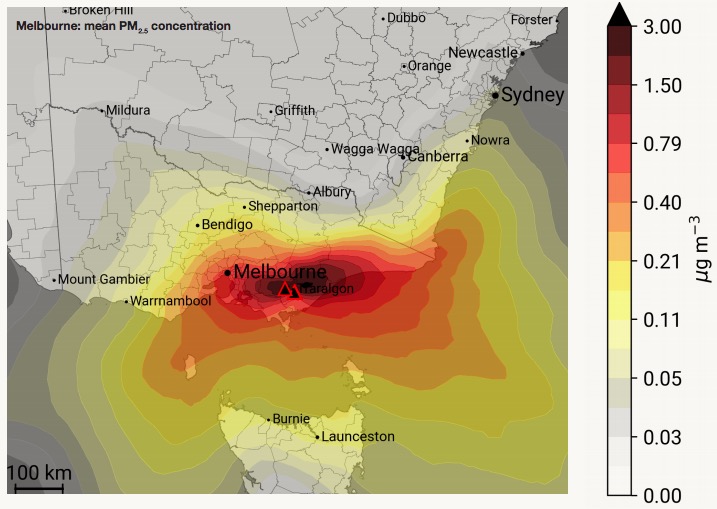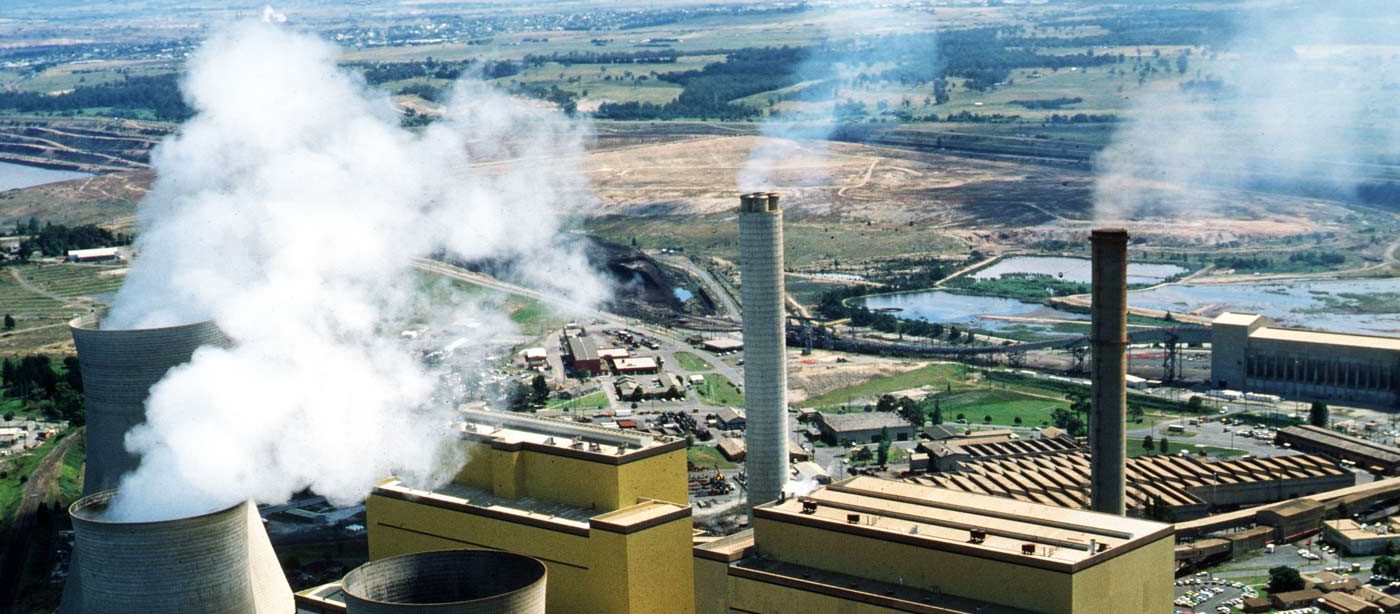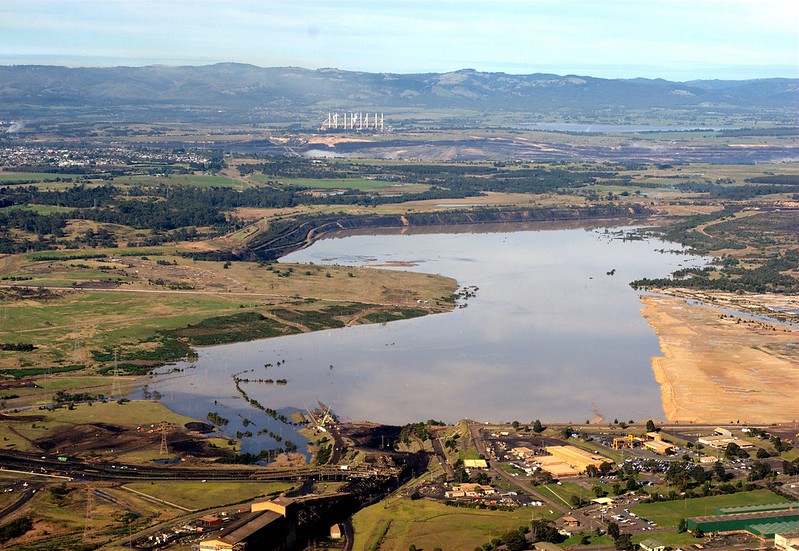Environment Victoria
COAL POLLUTION THREATENS EVERYONE’S FUTURE
Yallourn, Loy Yang A and Loy Yang B crank out over 40 percent of Victoria’s total greenhouse gas emissions, sending 112,000 tonnes of carbon emissions into our overheating atmosphere. Every. Single. Day.1,2
Through Victoria’s Climate Change Act 2017 the EPA has the power to reduce Victoria’s climate pollution towards the 2050 target of zero net emissions3 and is required to consider climate change as part of any licence decision.4
The EPA would not be discharging their duty to consider climate change if it does not impose any limits or constraints on greenhouse gas pollution. How could you choose to do nothing about three facilities that produce 41% of the state’s emissions?
Find out more about how EPA limits to coal’s climate pollution could work here.
WE ARE LAGGING THE WORLD IN AIR POLLUTION STANDARDS
The Latrobe Valley’s three coal power stations are responsible for some of the worst air pollution in the country. The most problematic emissions are coarse particles (PM10), fine particles (PM2.5), sulphur dioxide (SO2), oxides of nitrogen (NOx) and mercury.

Annual mean near-surface PM2.5 concentration due to emissions from Latrobe Valley coal power stations. From Greenpeace's 'Lethal Power' report p.18.
The first peer-reviewed study of the health burden of coal-burning power in Australia found that air pollution from Victorian coal-burning power stations causes 205 premature deaths, 259 low birthweight babies, and 4,376 children with asthma each year.5
The current licences include limits for some toxic substances, but they are inadequate and lag far behind the standards of other countries.6 For example, Victoria’s coal fired power station licences currently have NO mercury limits and the particle limit for Loy Yang A is eight times higher the limit in China.7
Installing the kind of pollution controls already mandated in the US, EU and China would cost the power station owners money. But the EPA should set standards based on what will keep local people safe, not on what the power station operators say they are prepared to pay.

WATER POLLUTION MANAGEMENT IS COMPLETELY INADEQUATE
Environmental Justice Australia have exposed a frightening lack of regulation and poor track record of coal ash ponds which are contaminating Gippsland’s air, groundwater and river systems.8
Victoria’s coal-burning power stations produce mountains of coal ash – a concentrated mix of toxins including arsenic, cadmium, lead, mercury, radium, selenium and thallium.9 This is usually mixed with water and then stored near power stations causing major concerns with contamination of water systems, as well as uncovered ash blowing freely into local townships.

Coal's impact on water is a longstanding issue. In 2012 part of the Yallourn mine wall collapsed, causing the Morwell River to flow into the pit.
In 2015, an EPA inquiry found a ruptured ash disposal pipeline at Yallourn caused 8.6 megalitres of ash liquid to be dumped into the Morwell River. This breach of their licence resulted in a paltry $7584 fine,10 showing that licence conditions were not sufficient to prevent harm.
Ash ponds must be better regulated to protect groundwater and licence conditions must be amended to enforce better management of risks and penalties for breaches.
Many people are reliant on local water systems like the Latrobe River and Gippsland Lakes for agriculture, fishing, tourism and recreation. Information must be made publicly available so those affected by unacceptable coal ash management are not being kept in the dark.